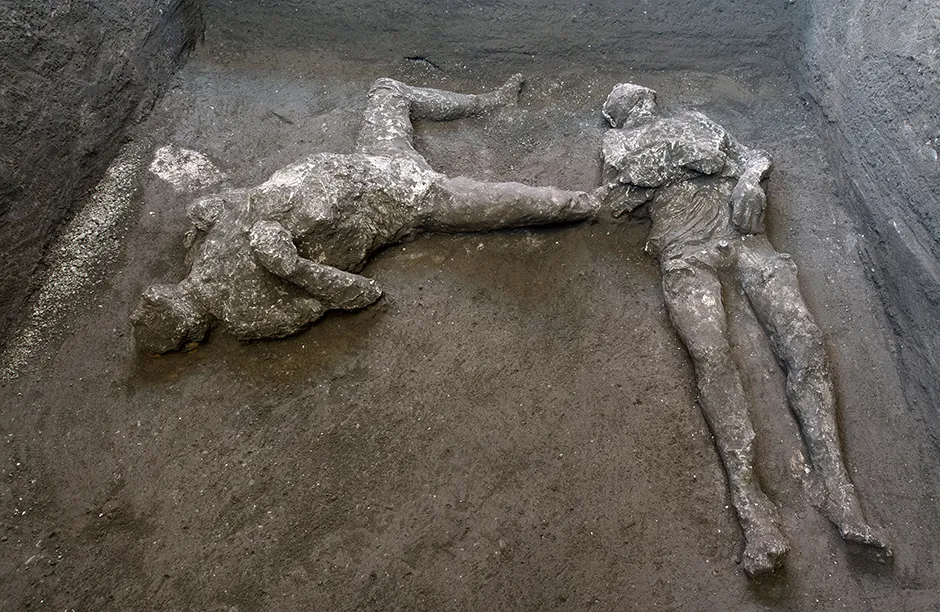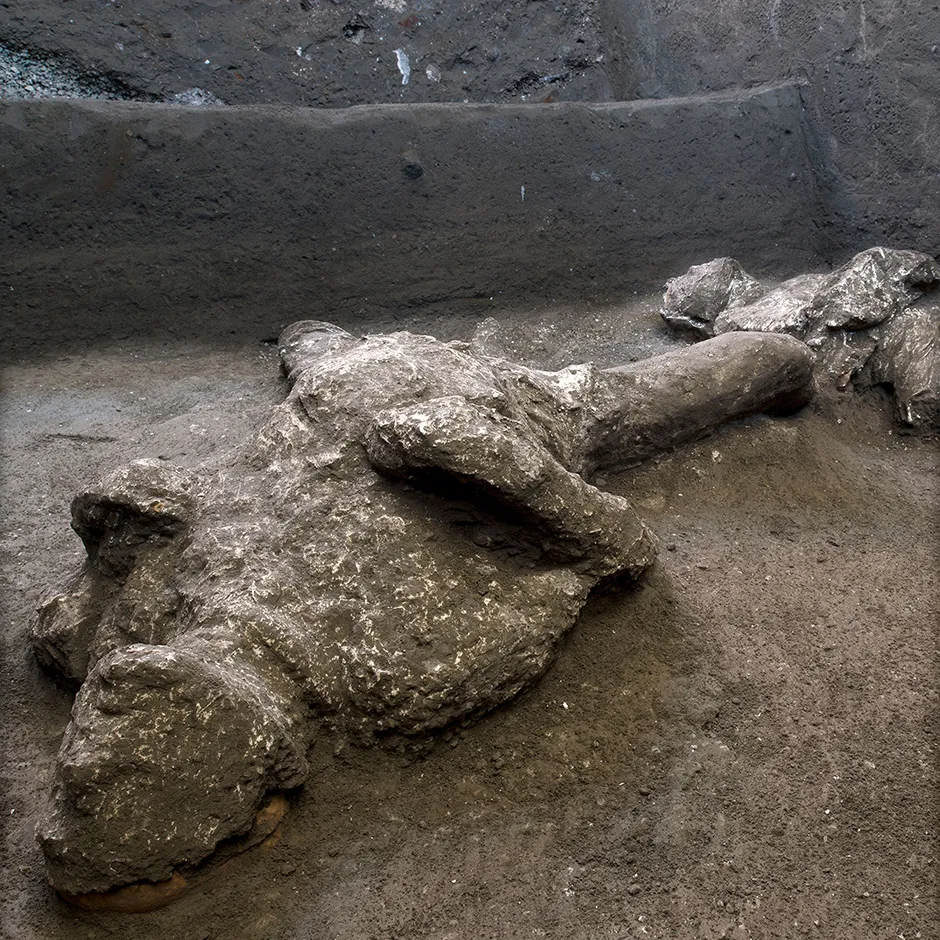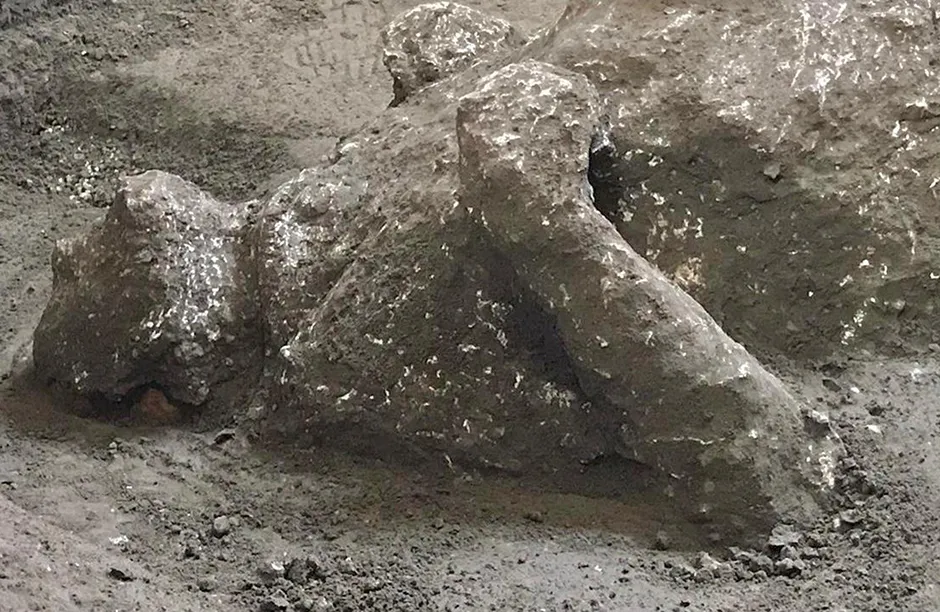In AD 79, the eruption of Mount Vesuvius sent a fast-moving cloud of boiling vapours down the mountainside and through the city of Pompeii. Thousands were killed instantly, and the event has become one of the most famous eruptions in history.
Now, nearly two thousand years later, two incredibly intact bodies of who are believed to be a master and his servant have been discovered in a villa just outside the ancient Roman city.
The younger man is thought to have been between the age of 18 and 25, while his master is thought to be between the age of 30 and 40.
Archaeologists judged that the younger man was probably a manual labourer due to evidence suggesting that hisspinal column had two compressed discs, suggesting a short but hard life of heavy lifting.
Using new techniques, archaeologists working at thePompeii archaeological park plan to carry out further excavations in the area over the coming years.
With the death toll unknown, there could be many more remains awaiting discovery in this area. This latest project is just one of the many excavations that have taken place since the discovery of the ruins in the 16th Century.




